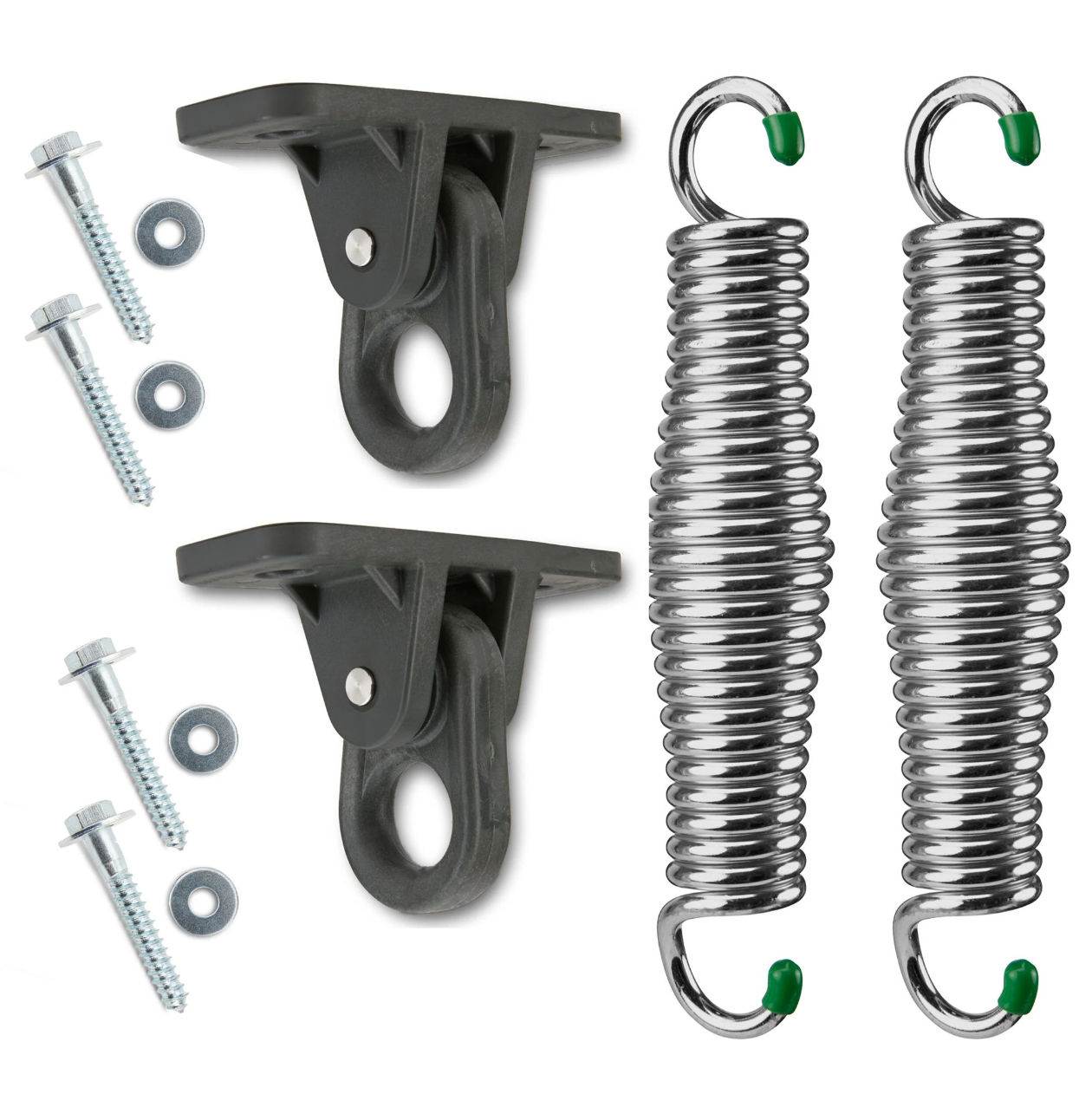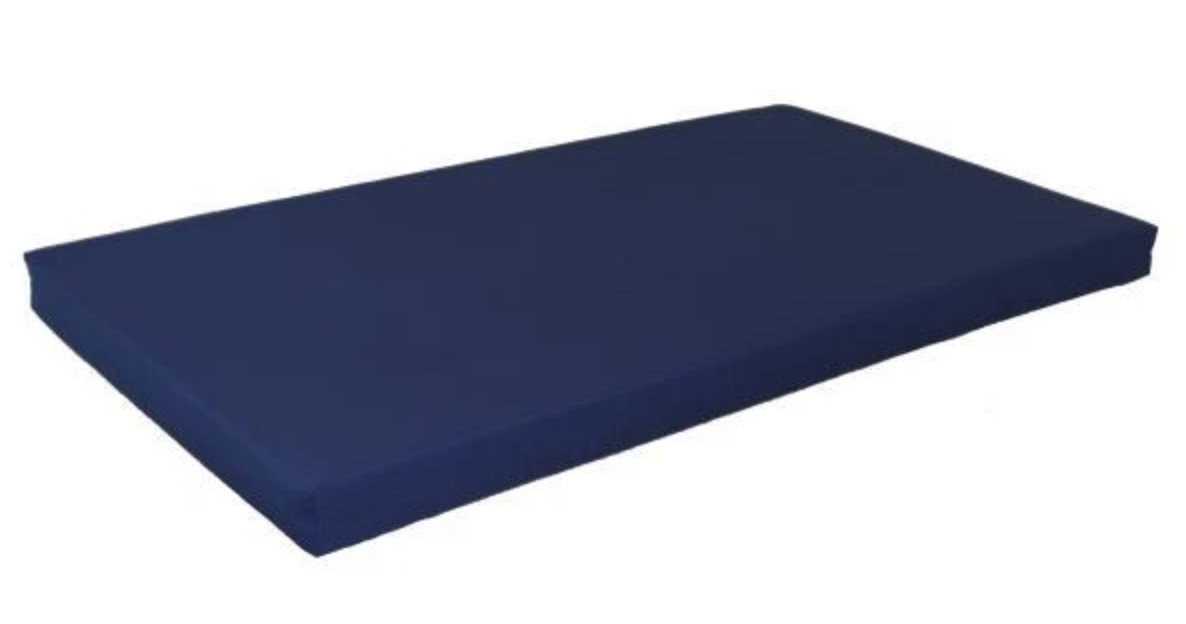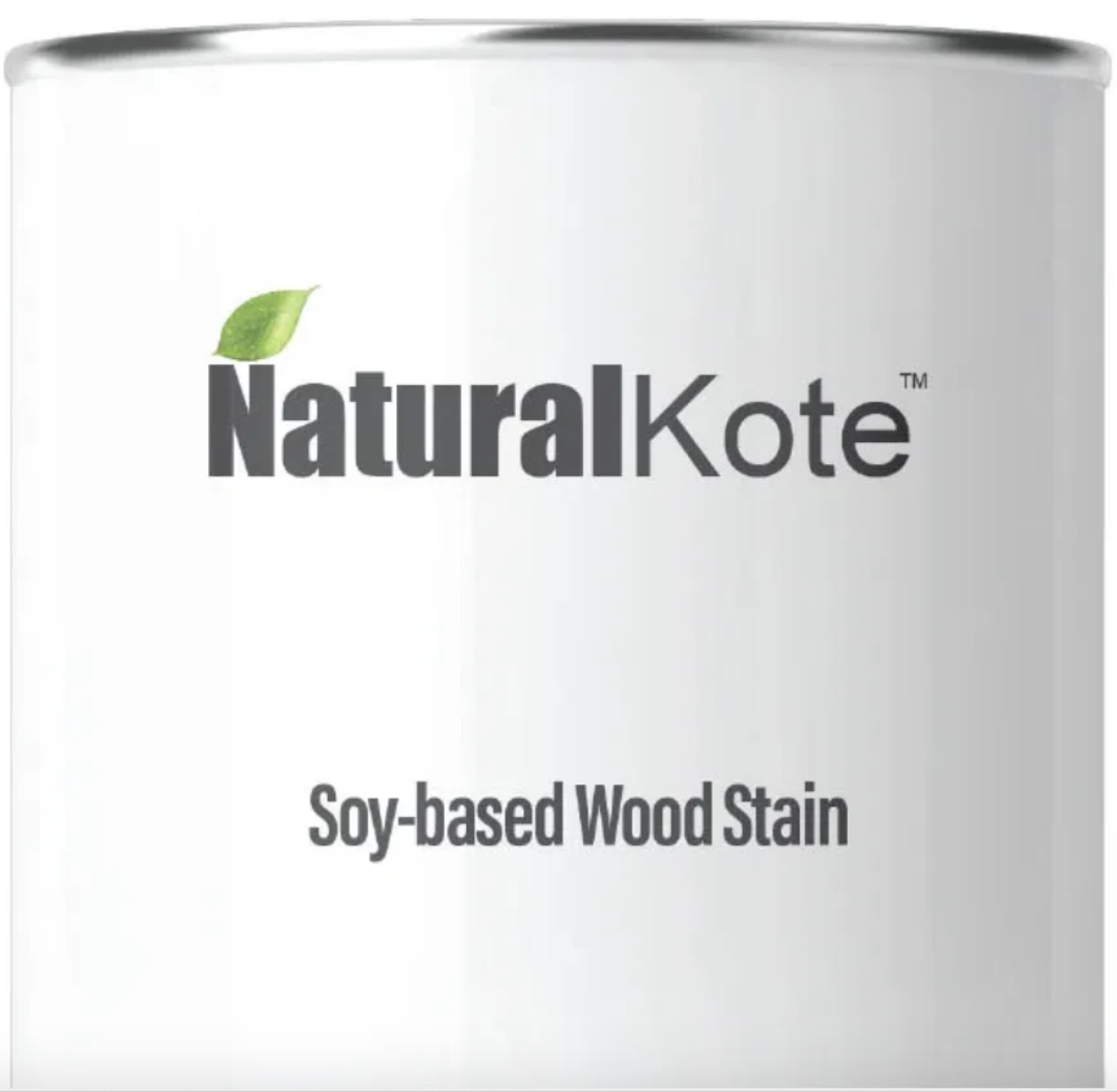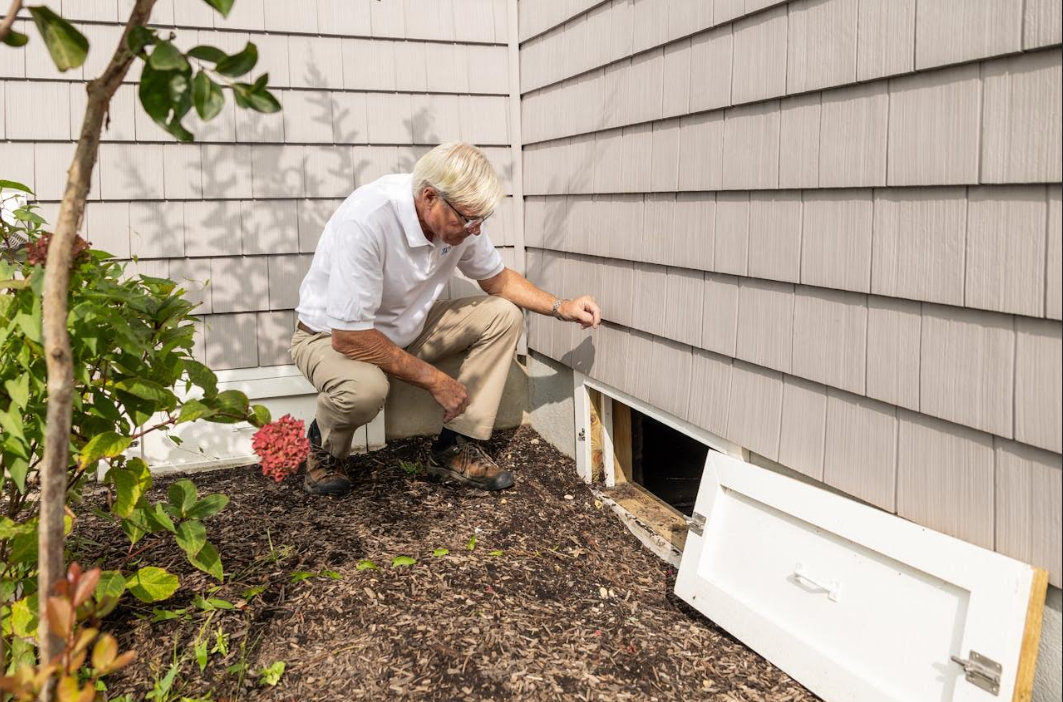Your Cart is Empty
FREE SHIPPING ON EVERY ORDER
Menu

FREE SHIPPING ON EVERY ORDER
Swings
Benches
Tables & Chairs
Home & Garden
How To Remove Stains From Concrete
Concrete stains can be an eyesore on driveways, patios, and garage floors, affecting your property's appearance and value. How do you remove stains from concrete?
The most effective way to remove stains from concrete is to apply a commercial concrete cleaner or degreaser, let it sit for 15-30 minutes, then scrub with a stiff brush and rinse thoroughly with water.
While this general approach works for many common stains, different types of stains (like oil, rust, or organic matter) actually require different cleaning methods and products for the best results. Keep reading to learn the specific cleaning solutions for each type of concrete stain you might encounter.
How to Remove Stains from Concrete?
Different Types Of Concrete Stains And Their Solutions
Oil and grease stains are among the most common concrete blemishes and require a degreaser or detergent-based solution. The right concrete stain supplies, such as commercial degreasers and absorbent materials like cat litter or cornstarch, will help you tackle fresh oil stains immediately. Follow up with a commercial degreaser, working it into the stain with a stiff brush.
Rust stains need a different approach, requiring an acid-based cleaner specifically designed for concrete. Apply the rust remover according to package directions, but never mix it with other cleaning products. These stains may need multiple treatments for complete removal.
Organic stains from leaves, berries, or moss respond well to a mixture of water and bleach (1:4 ratio). After applying the solution, let it sit for 10 minutes before scrubbing and rinsing thoroughly.
How To Prevent Future Concrete Stains
Prevention is often easier than removal. To create a protective barrier against stains, apply a quality concrete sealer every 2-3 years. Use drip pans under vehicles for garage floors and clean up spills immediately.
For outdoor concrete, trim back vegetation to prevent leaf stains and remove fallen debris regularly. Consider using mats in high-traffic areas or under grills and outdoor furniture.
When To Call A Professional For Concrete Stain Removal
Some stains may be too stubborn or deep-set for DIY removal. If a stain persists after two or three cleaning attempts, it's time to consider professional help. Professional concrete cleaners have access to industrial-strength products and equipment like pressure washers with specialized attachments.
Additionally, if the stain covers a large area or if you're dealing with unknown chemicals, professional expertise can ensure safe and effective removal without damaging the concrete surface.
What Tools And Safety Equipment Do You Need For Concrete Stain Removal
Before starting any concrete cleaning project, gather the proper tools: a stiff-bristled brush (not wire, which can damage concrete), a pressure washer if available, plastic sheeting to protect surrounding areas, and a bucket for cleaning solutions.
Safety equipment is equally important. Wear rubber gloves, safety goggles, and protective footwear. When using chemical cleaners, especially acid-based products, wear a respirator mask and ensure proper ventilation in enclosed spaces.
Common Mistakes To Avoid When Cleaning Concrete
One major mistake is using a wire brush, which can leave metal particles that eventually rust and create new stains. Another standard error is applying too much pressure when scrubbing, which can damage the concrete's surface.
Avoid mixing different cleaning products, as this can create dangerous chemical reactions. Also, don't skip the pre-wetting step when using cleaners - dry concrete can absorb cleaning solutions too quickly, reducing their effectiveness.
The biggest mistake is rushing the process. Effective stain removal often requires patience, allowing cleaning solutions adequate time to break down the stain before scrubbing or rinsing. However, don't let cleaners dry completely on the surface, as this can create new stains or damage the concrete.
Taking Action Against Concrete Stains
Now that you understand the different types of concrete stains and their solutions, start by doing a thorough inspection of your concrete surfaces to identify exactly what kinds of stains you're dealing with. Once you've properly identified your stains, you can purchase the specific cleaning products recommended for those types of stains, rather than using a one-size-fits-all approach that might be less effective.
Also in News
US
United States
Jan 08, 2026 01:17
Product Tag :
Product Collection :
×


















































